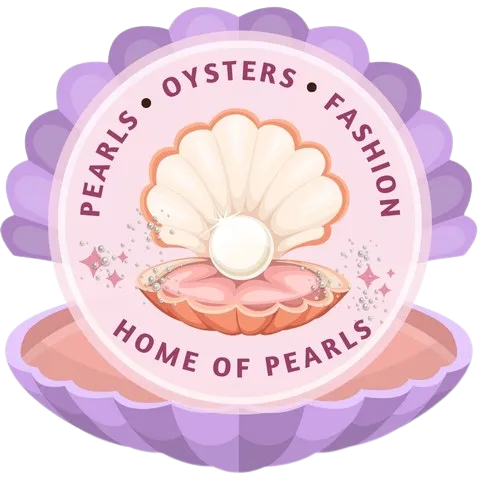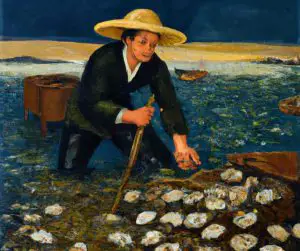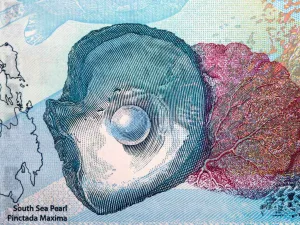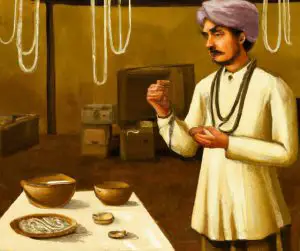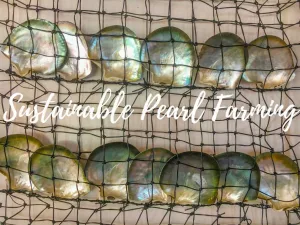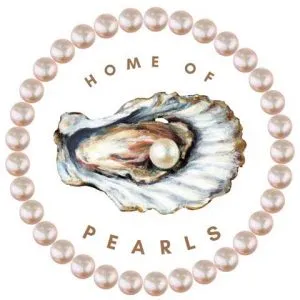The luster of a pearl refers to the surface of a stone and the degree to which it reflects light. It is seen as the shine (or “orient”) on the gemstone. Pearls have a soft, silky-looking reflection than other gems.
Of all the value factors of a pearl, luster might be the most important. It’s the special feature that sets pearls apart from other gems.
In simple terms luster is the intensity and sharpness of the light reflected from a pearl’s surface. Nacreous pearls display varying degrees of luster, while non-nacreous pearls have a softer shine.
Factors that affect the luster of a pearl
Several factors interact to help determine the degree of a nacreous pearl’s luster. Those factors are the thickness, quality, and composition of the nacre; the speed of nacre deposition; and the species and health of the mollusk that formed the pearl in the first place.
Interestingly, thick nacre isn’t necessarily high-quality nacre. But it has to be thick enough and have enough layers to interact with light. The necessary thickness however varies because it’s influenced by other factors as well.
Nacre quality is determined mostly by the regularity of the layers. Tight, uniform construction usually leads to high-quality nacre.
Nacre can be composed of aragonite, calcite, and conchiolin. When nacre is solely or mostly aragonite, luster is greater, assuming other factors are equal. As the calcite content increases, luster decreases.
It is worth noting that slowly deposited nacre has better luster than rapidly deposited nacre. Furthermore, cool water slows the rate of nacre deposition, so pearl farmers usually harvest cultured pearls during or just after periods when the water is coolest.
Some mollusk species produce nacre with greater luster than others. For example, akoya mollusks naturally produce nacre with higher luster than South Sea mollusks. The cooler water in an akoya’s habitat is a likely contributing factor to their thicker nacre (and therefore luster)
Healthy mollusks produce cultured pearls with higher luster. To be healthy, mollusks need pollution-free water, plenty of dissolved oxygen, and an ample amount of the right kinds of microorganisms (also known as plankton) as food.
Categorization of luster
When other value factors are equal, the higher the luster, the more valuable the pearl. There are five categories of luster:
Excellent—Reflections appear bright and sharp
Very Good—Reflections appear bright and near sharp
Good—Reflections are bright but not sharp
Fair—Reflections are weak and blurred
Poor—Reflections are dim and diffused
